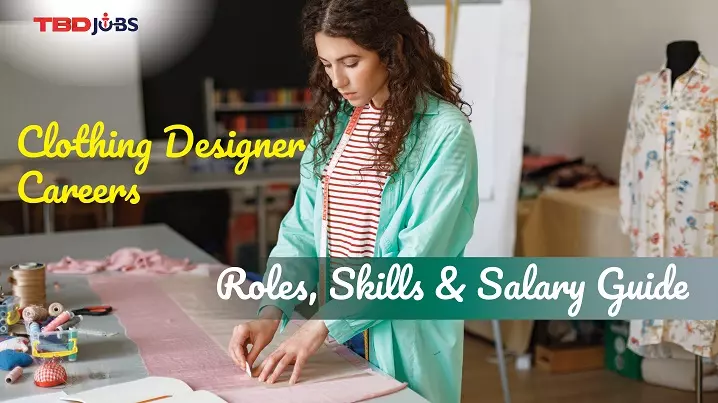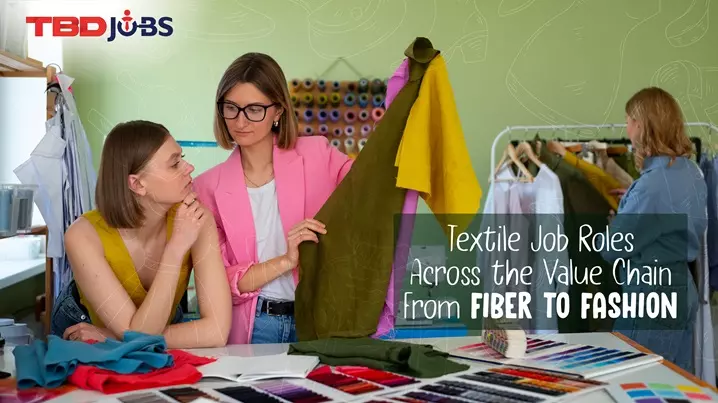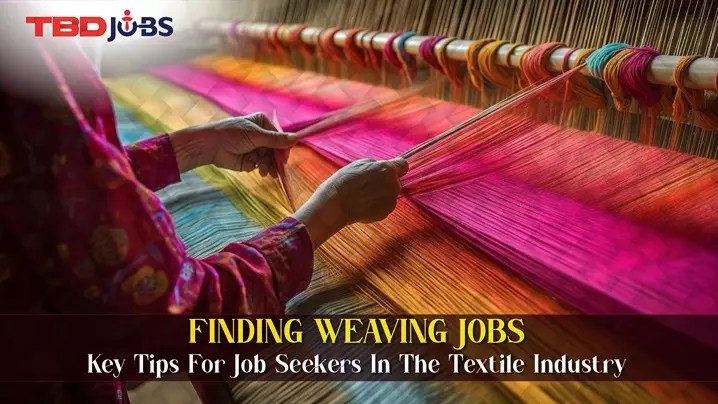Textile design is a fascinating fusion of art, creativity, and technical skill — shaping the fabrics we see in fashion, interiors, and beyond. For those aiming to break into this vibrant field, understanding the requirements of textile design jobs and honing the right skills is key to landing your dream role. Whether you’re exploring careers in textile design or applying for textile designer jobs, the right mix of creativity and professional skills can set you apart.
Understanding Textile Design
Textile design involves creating patterns, textures, and colours for fabrics used in fashion, home decor, upholstery, and more. It's a multidisciplinary profession that requires a keen eye for aesthetics combined with practical knowledge of materials and production processes. As the industry evolves with sustainable practices and digital tools, professionals in this field are in high demand.
Why Choose a Career in Textile Design?
The textile industry offers a world of creative possibilities and career growth. From luxury fashion houses to sustainable textile startups, jobs for textile designers are in demand across various sectors. If you’re passionate about colours, patterns, and fabric innovation, textile design career opportunities can be both fulfilling and lucrative.
Key reasons to choose this career:
-
Endless scope for creative expression.
-
Opportunities to work in fashion, home décor, or industrial textiles.
-
Growing global demand for unique and sustainable fabric solutions.
-
Competitive salary packages for skilled professionals.
Essential Skills for Textile Designers
To thrive in this competitive field, you’ll need more than just a good eye for design. Employers seek candidates who meet the requirements for textile designer jobs and can effectively blend creativity with technical expertise.
1. Creativity and Artistic Vision
-
Ability to conceptualise original patterns and motifs.
-
Strong sense of colour theory and visual aesthetics.
2. Technical Expertise
-
Proficiency in textile design software like Adobe Illustrator, Photoshop, and CAD tools.
-
Knowledge of weaving, printing, dyeing, and embroidery techniques.
3. Fabric and Material Knowledge
-
Understanding different fabric types, textures, and their applications.
-
Awareness of sustainable and eco-friendly textile materials.
4. Attention to Detail
-
Precision in pattern repeats, measurements, and finishing.
-
Quality control and fabric inspection skills.
5. Communication and Collaboration
-
Ability to work closely with fashion designers, merchandisers, and manufacturers.
-
Presenting and explaining design concepts effectively.
Textile Design Career Opportunities
A degree in textile design can open doors to multiple careers in textile design, such as:
-
Fashion Textile Designer – Creating fabrics for apparel and accessories.
-
Home Furnishing Designer – Designing patterns for curtains, upholstery, and linens.
-
Print and Pattern Designer – Developing surface patterns for various products.
-
Sustainable Textile Designer – Innovating eco-friendly fabrics and processes.
-
Product Development Specialist – Working with brands to create market-ready textiles.
How to Get Hired in Textile Designer Jobs
Breaking into the industry requires strategy and preparation. Here’s how you can stand out:
-
Build a Strong Portfolio – Showcase your best work with diverse projects.
-
Gain Practical Experience – Internships and freelance projects enhance credibility.
-
Stay Updated on Trends – Follow global fashion and textile innovations.
-
Network with Industry Professionals – Attend textile fairs, exhibitions, and workshops.
-
Tailor Your Resume – Highlight relevant skills for textile designers to match job postings.
Conclusion: Launching Your Textile Design Career
A career in textile design offers a rare blend of artistry, technology, and innovation. By understanding textile design job requirements and developing the right skills for textile designers, you can access a wide range of textile design career opportunities. With dedication, creativity, and industry knowledge, your path to securing top jobs for textile designers becomes not just possible — but inevitable.
Also Read:- How To Break Into The Fashion Industry As A Designer: Insider Tips!












.webp)













Leave a Comment
3 Comments
02 Oct 2025, 04:48 AM
03 Oct 2025, 09:35 PM
19 Oct 2025, 01:35 PM